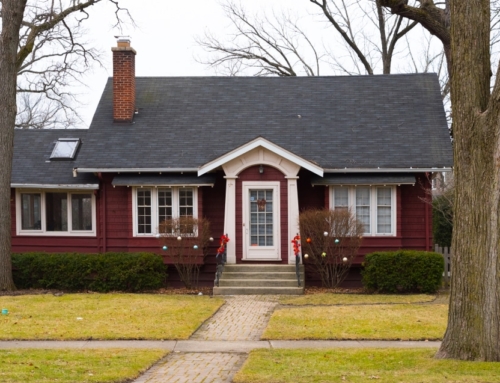Many seniors in the United States will have to find ways to pay for long-term care, either in a residential setting, such as an assisted living home, or at home through a home health or home care service. The cost of these services is generally high—between $2,000 and $5,000 per month for full-time care—and can quickly deplete the savings of most middle-class Americans.
The cost of long-term care can be frustrating, especially for seniors who have worked hard to leave behind a financial legacy for their children. To help maximize care and minimize expenses, consider the following tips:
Figure out how good a support system you have in place. Assume that you have no control over the extent of the care you will need. Knowing how much your children, other relatives, and friends can help you will allow you to plan for the future. People with very strong support systems may be able to get by longer without paid help. Be realistic about your current situation and how it will affect your needs going forward.
Consider purchasing long-term care insurance. This can be a good option for people who are willing to make the investment. It’s cheaper to purchase a policy before certain health conditions are diagnosed, so it pays to be proactive. This insurance will pay for skilled nursing care, which Medicare pays for on only a limited basis. Keep in mind that once you purchase the plan, you must continue to pay the premium or face losing your investment.
Assess your options for care. If you are already sick and unable to get long-term care insurance, residential care homes can provide a good alternative to paying for assisted living or skilled nursing care. These homes typically house no more than 10 residents at a time, and they are often located in single-family homes in residential neighborhoods.
For those who need the highest care level and have a terminal diagnosis, hospice services can be used in addition to the services offered by the residential care home, and home healthcare may be an option for those who do not qualify for hospice. Combining these services allows for a high degree of personal and medical care, and Medicare pays for both home healthcare and hospice. The care lasts for a longer duration than skilled nursing.
Of course, there are circumstances in which protecting your savings may be trickier. Someone who requires services for five to 10 years, for example, will likely spend most of his or her wealth unless he or she has been particularly frugal through life and has a large amount of savings.
Keeping your nest egg safe can be difficult, but by looking for creative and affordable solutions, you can actually save a lot of money. Be sure to do your research, as you may find different price points for the same services from different providers. Many physicians, social workers, and nurses make long-term care referrals without knowing the different prices of care, so you may have to invest time into doing this yourself.
Jacob Edward is the manager of Senior Planning in Phoenix, Ariz. Jacob founded Senior Planning in 2007 and has helped many Arizona seniors and their families navigate the process of long-term care planning. Senior Planning provides assistance to seniors and the disabled finding and arranging care services, as well as applying for state and federal benefits. In his spare time, Jacob enjoys dining out and supporting his alma mater Arizona State’s Sun Devil sports teams. Jacob lives in Tempe, Ariz.
[amazon_link asins=’1524763438,0609809954,0812927419,0609809334′ template=’ProductCarousel’ store=’thinkglink-20′ marketplace=’US’ link_id=’ed341078-1d88-11e8-84a4-d39848af37c7′]






